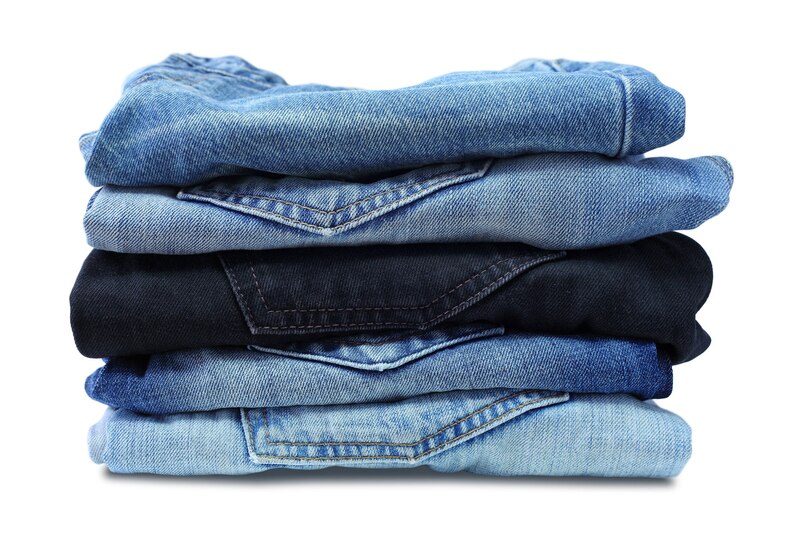From the daring flapper dresses of the Roaring Twenties to the bold excesses of the 1980s and beyond, this article explores how each decade left an indelible mark on style, remembering the cultural shifts and social motion of the time. Join us as we revisit these iconic trends that inspire contemporary fashion.
The Roaring Twenties: Flappers and Jazz Age Glamour
The 1920s, known as the “Roaring Twenties,” ushered in a fashion revolution. Women embraced a sense of liberation like never before. Hemlines rose dramatically, challenging conventional norms. Flapper fashion became the epitome of the era, characterized by short, loose-fitting dresses, dropped waistlines, and beaded fringes that allowed unrestricted movement on the dance floor.
The bobbed haircut was another bold statement, symbolizing the rejection of traditional gender roles. Art Deco influences permeated fashion and accessories, creating a sense of luxury. Dresses featured intricate geometric patterns and luxurious fabrics, creating a visual feast. The Roaring Twenties brought a new age of glamor and emancipation, leaving a lasting imprint on fashion history.
The Fabulous Forties: Utility and Elegance in War Times
The 1940s were marked by the impact of World War II on fashion. Rationing of materials led to more practical clothing choices. Utility dresses became a staple, featuring simple yet elegant designs that conserved fabric. Women’s fashion embraced hourglass silhouettes with padded shoulders and nipped-in waists, emphasizing a solid and confident look.
The “victory rolls” hairstyle was widespread, characterized by rolled and pinned hair. Men’s fashion mirrored a sense of military precision with double-breasted suits and wide-brimmed hats. Despite wartime constraints, the 1940s exuded elegance and resilience, showcasing how fashion adapts to changing circumstances.
The Fifties: Post-war Prosperity and Glamour
The 1950s marked a return to luxury and glamor as post-war prosperity flourished. Women’s fashion celebrated the hourglass figure with cinched waists and full skirts. The “New Look” introduced by Christian Dior set the tone for this era, featuring luxurious fabrics and structured silhouettes.
Poodle skirts and saddle shoes became iconic symbols of the decade. Hollywood icons similar to Marilyn Monroe and James Dean influenced fashion trends, with Monroe’s figure-hugging dresses and Dean’s rebellious leather jackets leaving an indelible mark. The 1950s fashion exuded elegance and charm, defining an era of optimism and style.
The Swinging Sixties: Youth Rebellion and Pop Culture
The 1960s witnessed a youth rebellion and a revolution in pop culture that deeply impacted fashion. Inspired by designers like Mary Quant, Mini skirts became a symbol of youthful liberation. Bold prints, psychedelic patterns, and vibrant colors defined mod fashion, reflecting the spirit of the Swinging Sixties.
The Beatles and other British bands brought the “British Invasion” style, featuring tailored suits with a contemporary twist. Twiggy, the iconic model of the era, embodied the youthful, androgynous look with her pixie haircut and slender figure. The 1960s fashion was an explosion of creativity, mirroring the cultural shifts of the decade.
The Seventies: Bohemian Chic and Disco Fever
The 1970s embraced various fashion influences, from bohemian chic to disco fever. Bell-bottom pants, flowing maxi dresses, and fringe adorned many wardrobes. The bohemian trend drew inspiration from nature and cultural diversity, featuring earthy tones and natural fabrics.
Disco culture introduced a glamorous, hedonistic style with sequins, metallics, and deep V-necklines. Platform shoes and bold accessories were essential disco fashion elements. The 1970s were a dynamic decade where fashion embraced individuality and self-expression, reflecting the diverse influences of the era.
The Eighties: Excess, Neon, and Power Dressing
A love for excess and bold fashion choices characterized the 1980s. Shoulder pads, a defining feature of power dressing, created an assertive silhouette in women’s fashion. Neon colors, animal prints, and leg warmers became iconic elements of the decade. Punk and New Wave music influenced fashion with leather jackets and ripped jeans.
Iconic figures like Madonna and Michael Jackson left a profound imprint on style, with Madonna popularizing layered accessories and Michael Jackson’s military-inspired jackets setting trends. The 1980s embraced an unapologetic and confident approach to fashion, with boldness and self-expression at the forefront.
The Nineties: Grunge, Minimalism, and Streetwear
The 1990s marked a period of contrasting fashion trends, from grunge to minimalism and the rise of streetwear. Grunge fashion was defined by flannel shirts, ripped jeans, and combat boots, reflecting a rebellious and anti-establishment ethos. Minimalism promoted simplicity with clean lines, monochromatic outfits, and understated designs.
Hip-hop culture and streetwear emerged, featuring baggy pants, oversized shirts, and baseball caps. Designers like Calvin Klein and Tommy Hilfiger popularized a relaxed, sporty style. The 1990s fashion celebrated individuality and its diverse trends continue to influence contemporary fashion.
The Turn of the Century: A Blend of Nostalgia and Innovation
As we entered the 21st Century, fashion saw a resurgence of nostalgia for the iconic styles of the 20th Century. Vintage fashion became a celebrated trend, with designers drawing inspiration from past decades. Technological advancements played a significant role in clothing design, introducing innovative materials, sustainable practices, and digital fashion experiences. The turn of the Century marked a fusion of nostalgia and innovation, creating a dynamic fashion landscape that looked both to the past and to the future.
Fashion’s Ongoing Love Affair with the 20th Century
Modern fashion designers continue to draw inspiration from the iconic styles of the 20th Century. Pieces that emerged from these decades, such as the little black dress, leather jackets, and tailored suits, remain timeless classics.
These elements are reinterpreted and incorporated into contemporary collections, demonstrating the enduring influence of 20th-century fashion. Designers pay homage to the past while infusing their creations with a fresh, modern twist, ensuring that the fashion legacy of the 20th Century lives on and continues to captivate fashion enthusiasts worldwide.
Conclusion
The 20th Century was a remarkable journey through fashion evolution, each decade leaving an indelible mark on style. From the daring flapper look of the 1920s to the vibrant disco era of the 1970s, these iconic trends continue to inspire and influence how we dress today. Fashion’s love affair with the 20th Century endures, reminding us that great style never goes out of fashion.


